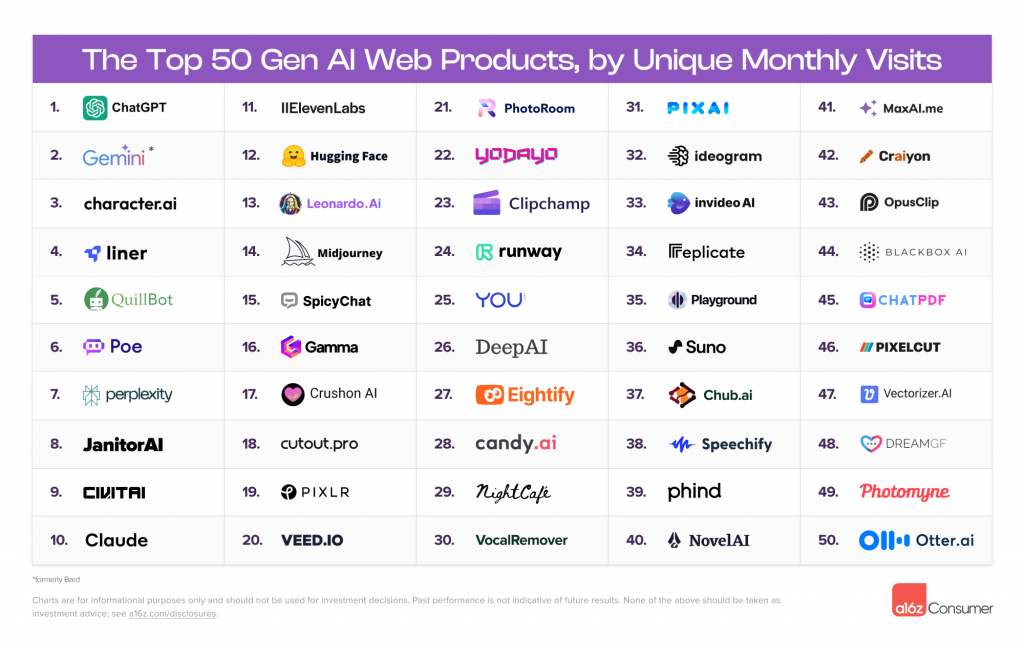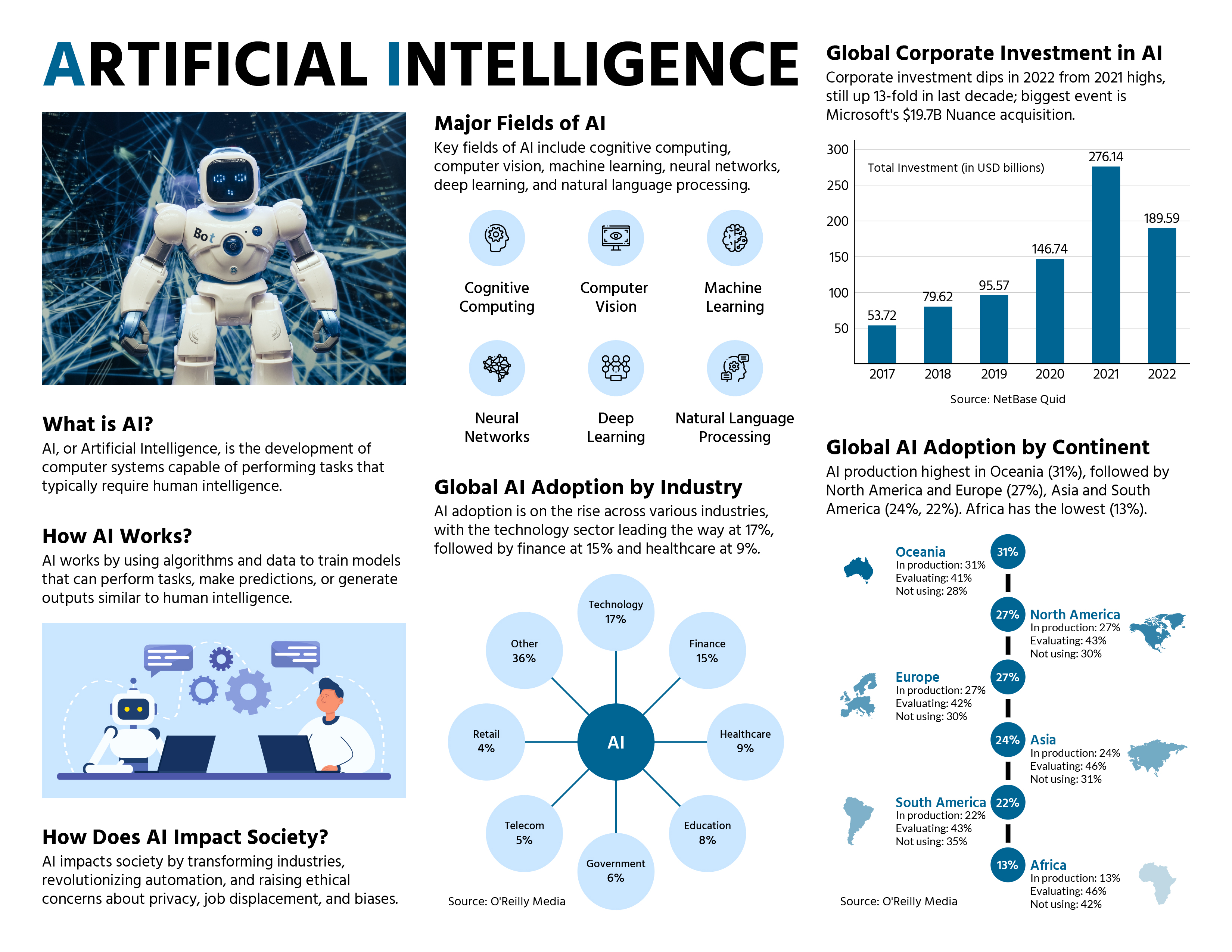OpenAI's ChatGPT-5 Roadmap: What to Expect from the Next AI ...
OpenAI, a leader in the AI space, has been making waves with its new advancements, from the upcoming GPT-4.5 to the much-anticipated ChatGPT-5. These developments promise not just incremental improvements but a complete reimagining of how we interact with AI. But what does this mean for you? How will these tools shape the way you approach everyday challenges or ambitious projects? OpenAI’s recently unveiled roadmap offers insight into the fantastic potential of generative AI, and the growing role of AI in productivity, creativity, and problem-solving.
Exploring the AI Roadmap
In this guide, the AI Advantage team provides more insights into the exciting roadmap OpenAI has laid out, exploring the powerful new features coming to ChatGPT, and uncovering how AI is transforming industries—from creative fields to complex problem-solving. Along the way, they also highlight some of the most innovative AI tools making headlines, like Google’s video generation model and innovative voice cloning technologies. Whether you’re a seasoned tech enthusiast or just dipping your toes into the AI world, there’s something here for everyone.
Key Takeaways
OpenAI has provided a clear roadmap for its AI development, with GPT-4.5, codenamed “Orion,” serving as a stepping stone toward the highly anticipated GPT-5. While GPT-4.5 focuses on refining existing capabilities, GPT-5 is designed to integrate diverse functionalities into a single, seamless system. This unified approach eliminates the need to switch between models for different tasks, streamlining user experiences and enhancing efficiency.
To make these advancements widely accessible, OpenAI is introducing tiered subscription plans for GPT-5. These include Free, Plus, and Pro tiers, each tailored to different user needs. Whether you are a casual user exploring AI tools, a professional seeking advanced capabilities, or an enterprise requiring robust solutions, these plans ensure that AI remains both accessible and scalable. By offering flexible options, OpenAI is fostering broader adoption of its technologies across various sectors.
Generative AI is transforming creative industries by allowing innovative applications in video creation, voice cloning, and text-to-speech technologies. These tools are not only enhancing workflows but also providing widespread access to high-quality creative resources. These advancements highlight how generative AI is pushing creative boundaries, making it easier for individuals and businesses to produce compelling content. Whether you are a marketer, educator, or hobbyist, these tools provide new opportunities for expression and storytelling.
AI in Various Fields
AI’s ability to process and analyze complex data is becoming a cornerstone of its utility across various fields. OpenAI’s ChatGPT now supports file and image uploads, allowing users to work directly with documents, diagrams, and infographics. This feature is particularly useful for tasks such as:

Google’s DeepMind AlphaGeometry2 demonstrates AI’s potential in advanced mathematical problem-solving, excelling in geometry tasks, showcasing how AI can support fields requiring deep analytical reasoning, such as engineering, architecture, and academic research. These developments underscore AI’s growing role as a tool for tackling complex challenges with precision and speed.
AI is increasingly being integrated into productivity tools, transforming how professionals and organizations manage their workflows. These tools are designed to enhance decision-making, streamline processes, and improve overall efficiency.
AI in Media and Entertainment
The media and entertainment industries are using AI to enhance creativity and production efficiency. OpenAI’s recent Super Bowl advertisement showcased the fantastic role of AI, while Google has released short videos demonstrating real-world applications of generative AI. These examples highlight how AI is not only automating tasks but also driving innovation in content creation.

Generative AI is being used to recreate complex visual effects, making high-quality production tools accessible to a wider audience. Whether you are a filmmaker, graphic designer, or content creator, these technologies open new doors for creative exploration. By reducing barriers to entry, AI is empowering individuals and teams to produce professional-grade content with greater ease and efficiency.
Subscription-Based Access
As AI capabilities continue to expand, subscription-based access models are becoming the norm. OpenAI’s tiered plans for GPT-5 reflect this trend, offering options that cater to a wide range of users. These plans ensure that advanced AI tools remain available to casual users while providing premium features for professionals and enterprises with more demanding requirements. By aligning subscription models with user needs, OpenAI is fostering a more inclusive and adaptable AI ecosystem.
Conclusion
The rapid evolution of AI technologies, from OpenAI’s GPT-5 to advancements in generative tools and mobile platforms, is reshaping industries and individual workflows. By integrating reasoning, creativity, and productivity capabilities, AI is becoming an indispensable part of modern life. These tools are unlocking new possibilities, allowing users to achieve more with greater efficiency and precision. As AI continues to advance, its potential to transform how we work, create, and solve problems will only grow, offering exciting opportunities for innovation and progress.
Media Credit: The AI Advantage




















